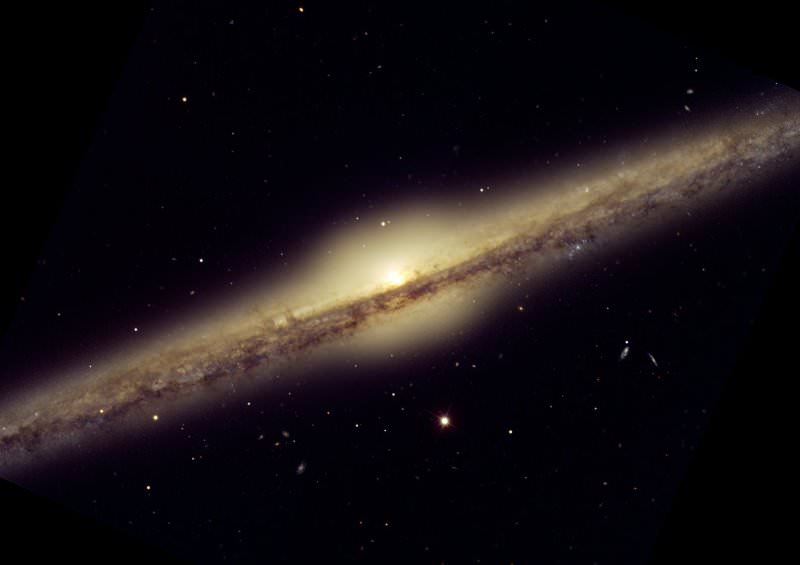UT: Astronomy Without A Telescope – No Metal, No Planet?
Posted: Sun Oct 17, 2010 4:59 am
Astronomy Without A Telescope – No Metal, No Planet?
Universe Today | Planetary Formation | 16 Oct 2010
Universe Today | Planetary Formation | 16 Oct 2010
Short Lifetime of Protoplanetary Disks in Low-Metallicity Environments - C Yasui et alA Japanese team of astronomers have reported a strong correlation between the metallicity of dusty protoplanetary disks and their longevity. From this finding they propose that low metallicity stars are much less likely to have planets, including gas giants, due to the shorter lifetime of their protoplanetary disks.
As you are probably aware, ‘metal’ is astronomy-speak for anything higher up the periodic table than hydrogen and helium. The Milky Way has a metallicity gradient – where metallicity drops markedly the further out you go. In the extreme outer galaxy, about 18 kiloparsecs out from the centre, the metallicity of stars is only 10% that of the Sun (which is about 8 kiloparsecs – or around 25,000 light years – out from the centre).
This study compared young star clusters within stellar nurseries with relatively high metallicity (like the Orion nebula) against more distant clusters in the outer galaxy within low metallicity nurseries (like Digel Cloud 2).
The study’s conclusions are based on the assumption that the radiation output of stars with dense protoplanetary disks will have an excess of near and mid-infra red wavelengths. This is largely because the star heats its surrounding protoplanetary disk, making the disk radiate in infra-red.
- arXiv.org > astro-ph > arXiv:1010.1668 > 08 Oct 2010
